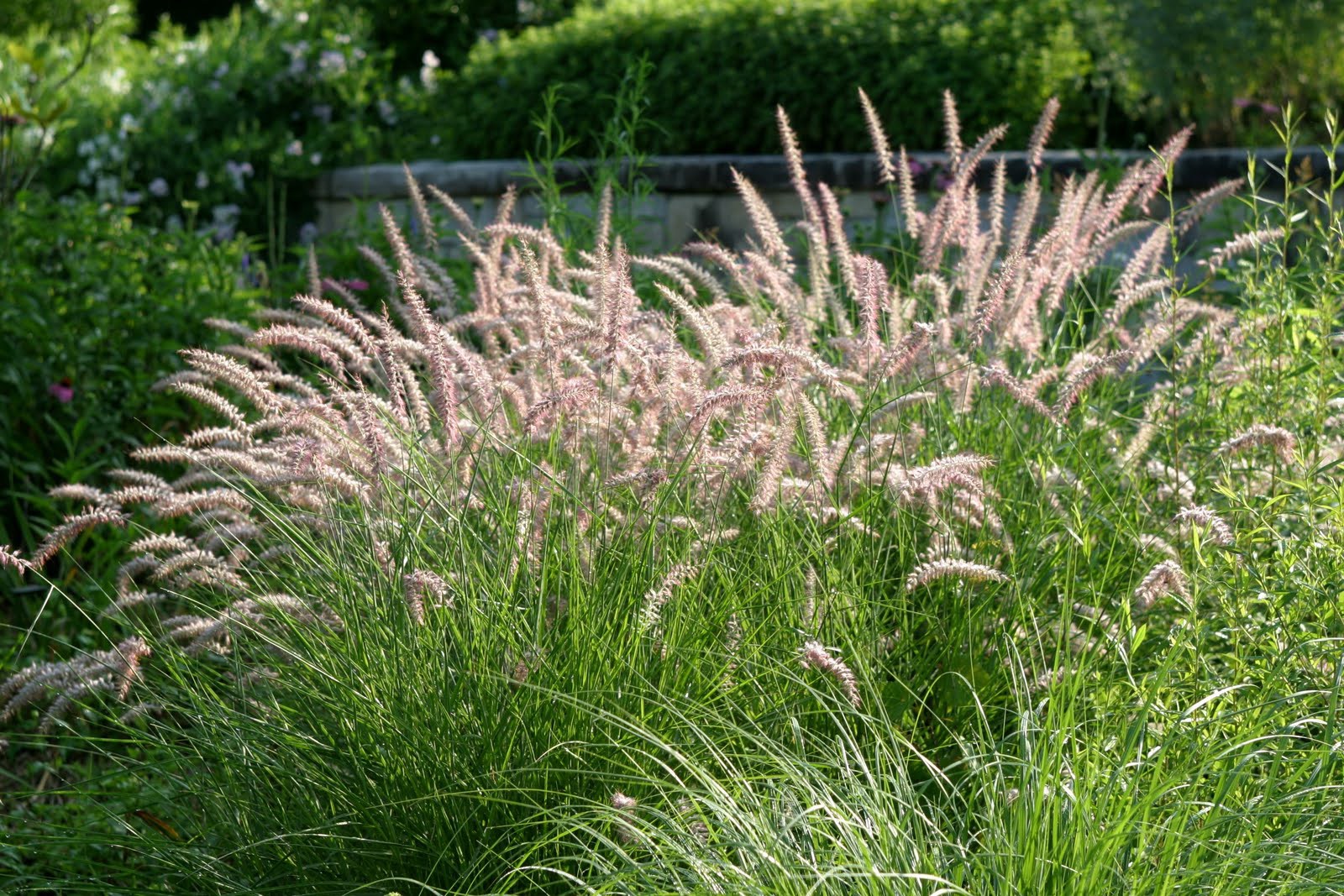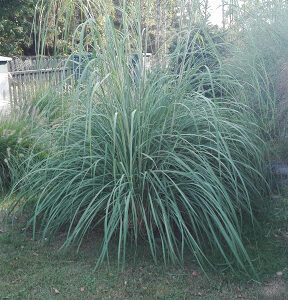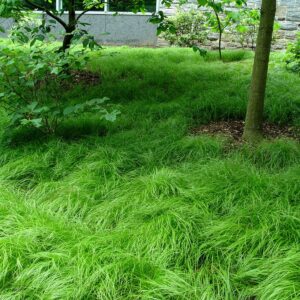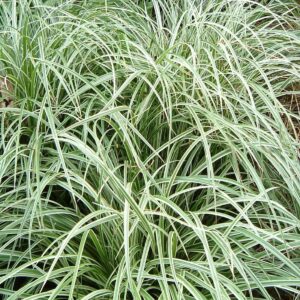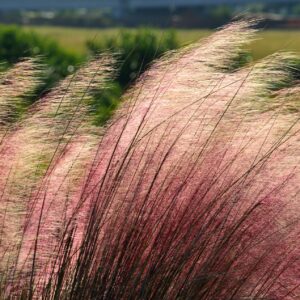Description
Fountain Grass Characteristics
Varieties of Fountain Grass are relatively similar in appearance but vary in height and spread.
'Hameln' has dark green blades with tan seed plumes and grows up to 2.5'. The tan plumes appear in August and will remain until September.
'Little Bunny' is a very short variety with blades that are slightly more rigid than other cultivars. The plumes are comparatively large to the rest of the body. Blades grow slightly outwards but do not droop.
'Moudry' grows to 2.5' and blooms from August to October. Blooms can be anywhere from white to blackish brown. Blades of grass are light to medium green and droop with height.
-
USDA Climate Zone
Zones 6 - 9
-
Height
2.50 - 5.00'
-
Spread
2.50 - 5.00'
-
Bloom Time
July - February
-
Water
Medium to Wet
-
Sun
Full Sun to Part Shade
-
Maintenance
Low
-
Deer Resistant?
Yes
